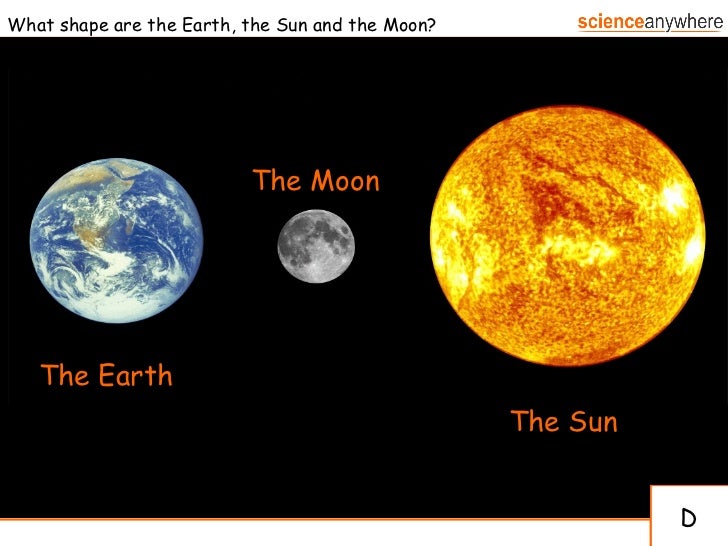Reflection
of Course 676
I have come to the end of my 2nd course in the Teaching with Technology Cohort. I can truly say I have learned strategies and tools that will benefit my students and myself. This course was an extension of the first course (Foundations of Educational Technology) because it took me further into educational technology and provided additional insight and practice.
There are many collaborative tools that we have discussed during this course that I have used within my classroom, a few I am still undecided about using and some tools I would like to try. Our last discussion focused on Video Conferencing. I have not tried this, but I am looking forward to it. I was presented with the idea of having my first grade students video conference with a kindergarten class within my building so that my first grade students could share what they like about first grade and some of the skills the kindergarten students should have to be successful in first grade. I am excited about this project. It will give the students and me a chance to get acquainted with the idea of video conferencing.
There are many collaborative tools that we have discussed during this course that I have used within my classroom, a few I am still undecided about using and some tools I would like to try. Our last discussion focused on Video Conferencing. I have not tried this, but I am looking forward to it. I was presented with the idea of having my first grade students video conference with a kindergarten class within my building so that my first grade students could share what they like about first grade and some of the skills the kindergarten students should have to be successful in first grade. I am excited about this project. It will give the students and me a chance to get acquainted with the idea of video conferencing.








